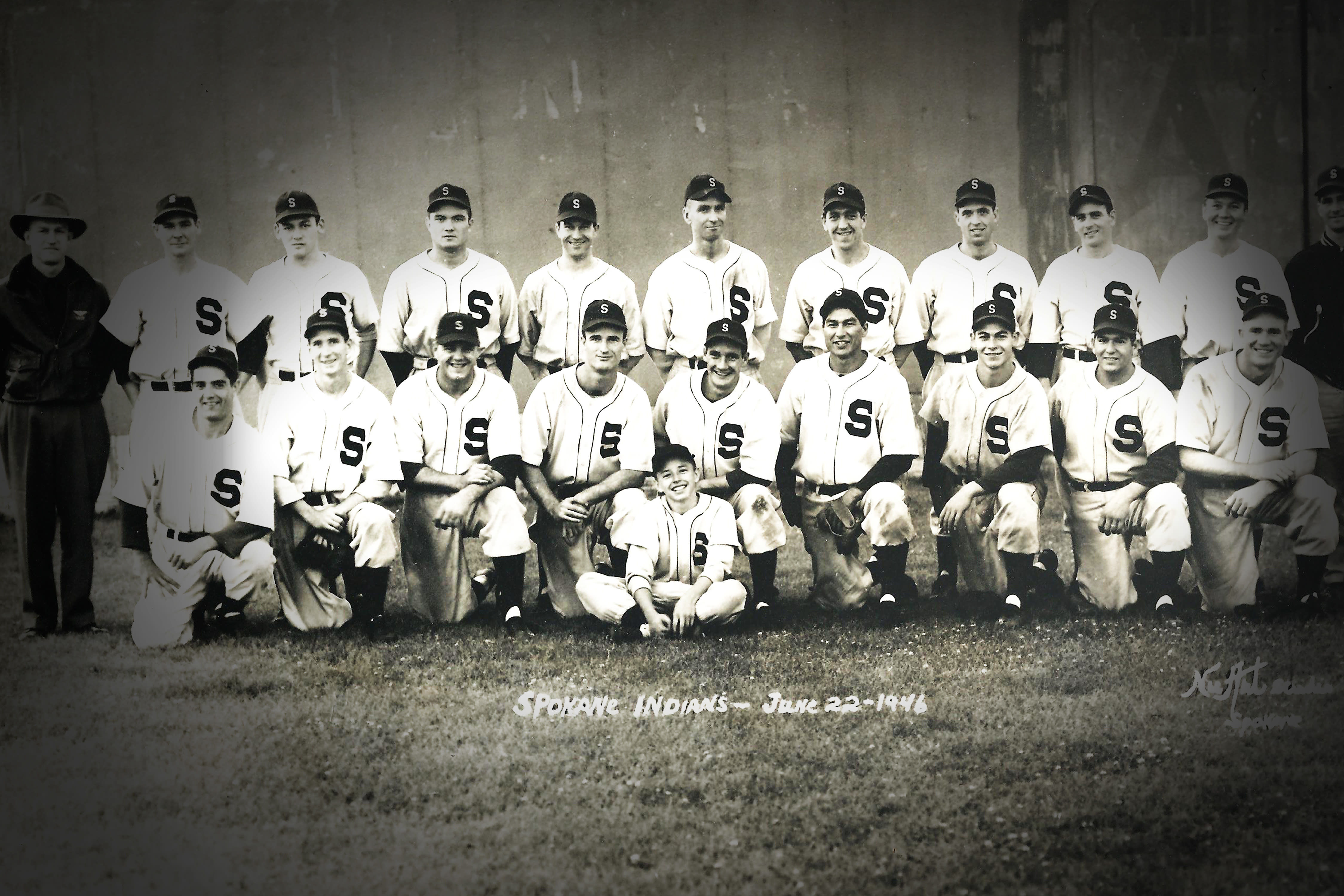Will the Real Rosie the Riveter Please Stand Up?

While her time in Washington state was brief, Naomi Parker Fraley’s presence is permanent.
Image: Courtesy J. Howard Miller
On March 24, 1942, Naomi Parker punched in as usual for her mechanic job at the naval air station in Alameda, California. As the 20-year-old worked the turret lathe, a news photographer snapped a picture of Parker bent in profile, a polka-dot bandanna wrapped turban style around her brown hair. Chunky heels, which apparently constituted sensible ladies footwear of the era, peeked out from beneath her coveralls. The photo circulated in national magazines; Parker saved the news clippings, then went on with her life, never imagining that moment would one day connect her to one of America’s most potent symbols of female empowerment. Or that a man she’d never met would spend years debunking another woman’s claim that she was the one at the lathe.
After World War II, Parker married the first of three husbands and raised a son who now lives in Kelso, Washington, 50 miles north of Portland. Eventually known as Naomi Parker Fraley, she passed away at the age of 96 on January 20, 2018, in nearby Longview. Fraley’s son, Joe Blankenship, remembers his mother had the sort of good looks that attracted whistles from men on the street.
Not long after that photographer visited the naval air station, morale-boosting posters for women who took up wartime posts began circulating. One appeared in Westinghouse Electric Corporation’s factories only for a few weeks, but today most of us know the image: a young woman with arched eyebrows and a resolute expression. Hair tied up in a red polka-dot bandanna, she brandishes a flexed bicep in a blue work shirt over the slogan, “We Can Do It!”
Back then, various iterations of Rosie the Riveter appeared in ads, on magazine covers, even in a song. Decades later, the burgeoning feminist movement rediscovered this particular Rosie and reframed her message of empowerment for a new generation. In the 1980s, a woman named Geraldine Hoff Doyle saw a reprint of the photo said to have inspired the original poster and thought she recognized her younger self working in a Michigan steel plant. She asserted to historians and the media that she must have been the inspiration for the famed riveter. The Michigan Senate presented her with the state’s Great Seal; schoolchildren wrote admiring letters. When she died in 2010, news outlets lamented her passing. Doyle’s confident claim reverberated across the internet, each repetition and circular trail of links cementing its facthood more firmly.
In 2010, James J. Kimble of Seton Hall University, in New Jersey, started hunting for incontrovertible proof of Rosie’s identity. It’s tempting to call his discovery of the original image in a Memphis photo morgue miraculous, but that would undermine the six years the associate professor spent scouring websites and news archives. The original had a caption that didn’t appear elsewhere: “Pretty Naomi Parker looks like she might catch her nose in the turret lathe she is operating.” This led him to Fraley.
While her time in Washington state was brief, Fraley’s presence is permanent. Longview’s Monticello Hotel, one of the few spots in town large enough to hold Fraley’s celebration of life, commissioned local artist Cheryl Hicks to paint her portrait to hang in the hotel ballroom. In it, a white-haired Fraley gazes into a mirror, and Rosie looks back, two unwitting icons trading knowing glances across time.




